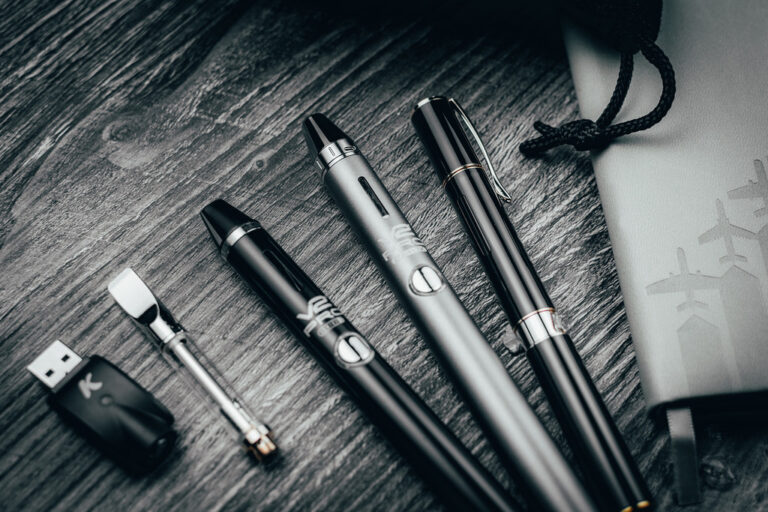News On The Green: Vape Science


Vaping360
Latest Article|September 3, 2020|Free
::Making Grown Men Cry Since 1992


Vaping360